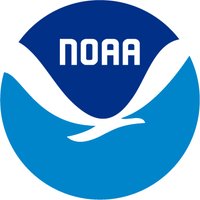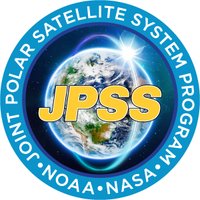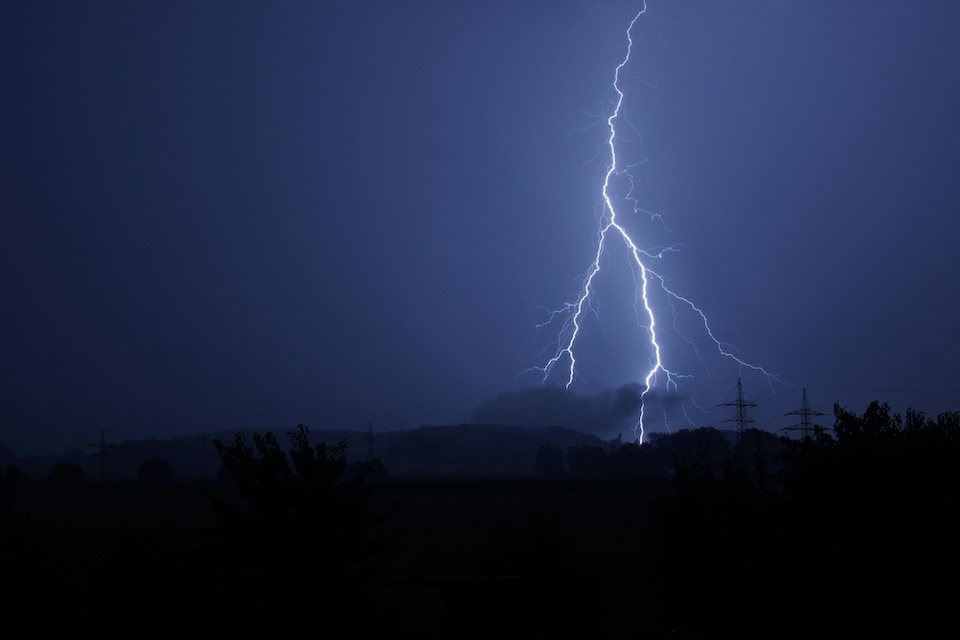
NOAA SciJinks
@scijinks
NOAA SciJinks inspires and engages students to learn about weather, satellite meteorology and Earth science.
ID: 80613575
http://scijinks.gov 07-10-2009 16:20:37
3,3K Tweet
8,8K Followers
248 Following












Watch the GOES-U launch broadcast online and cross off each box below when you hear any of these words mentioned. Got bingo? Ask a grownup to share a photo of your board on Facebook or X by tagging NOAA Satellites and using the hashtag #ReadyToGOES! scijinks.gov/goes-u-launch/





JUST IN: Today, NOAA shared first images of the Western Hemisphere from NOAA's new GOES-19 satellite. The satellite constantly views the same area of the planet, tracking weather conditions & hazards as they happen. nesdis.noaa.gov/news/noaa-debu… NOAA Satellites





















